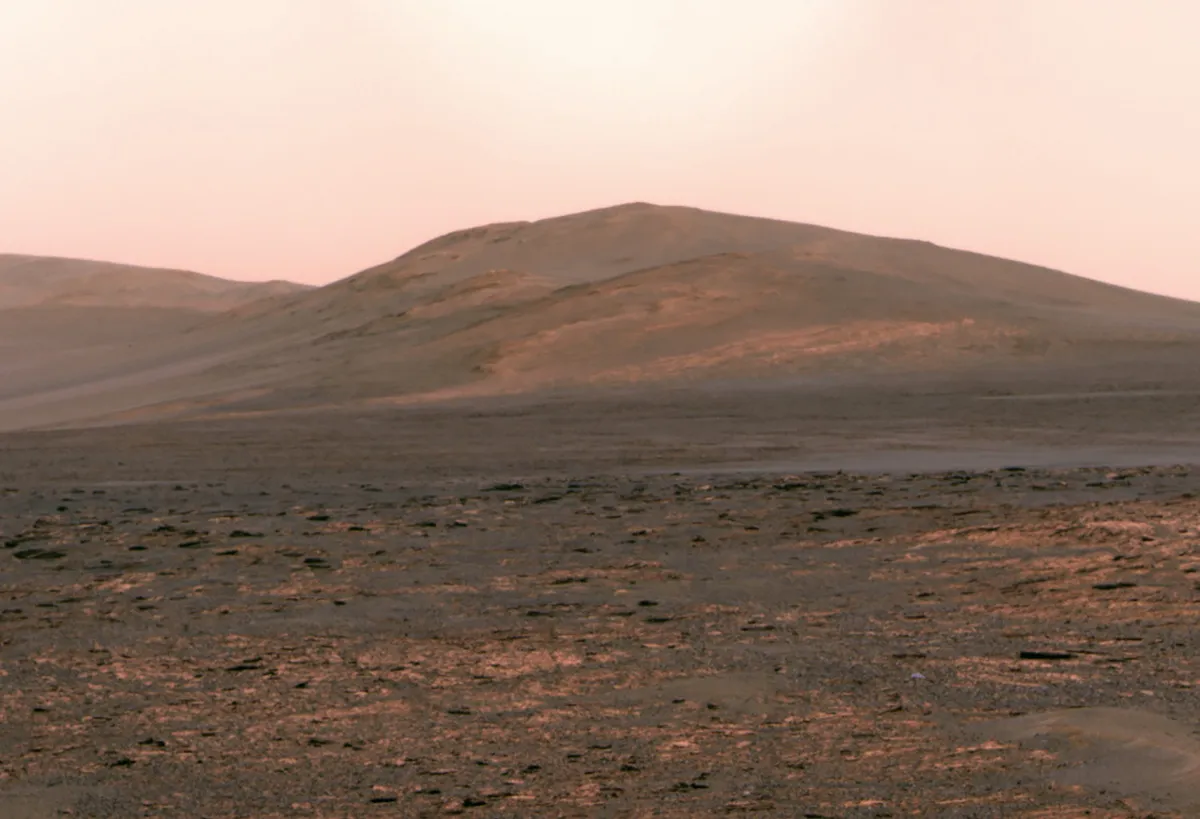The United Arab Emirates has successfully launched a spacecraft on its journey to study Mars, marking the first such mission by any country in the Arab World.
The Emirates Mars Mission officially began with the launch of the Hope probe at 21:58 UTC on Sunday 19 July from Tanegashima, an island in Japan, aboard a Japanese H-IIA rocket, with a scheduled insertion at the Red Planet planned for February 2021.
It will be landing just ahead of NASA's new Perseverance rover, which is due to touch down on Mars on 18 February 2021.
It is hoped that the probe will provide a view of the Martian atmosphere and help reveal clues as to how the planet evolved over time.
It could also provide improved weather forecasting at Mars, something mission scientists say could help plan future crewed missions to the planet.

The spacecraft is about the size of a small car and has two solar panels, and will orbit Mars once every 55 Earth days.
One of Hope's instruments, knowns as the EMUS instrument, will be able to view the upper layers of Mars’s atmosphere, between 100 and 200 kilometres above the surface, and also the region higher than 200 kilometres.
Studying and comparing how matter and energy moves between these two regions will enable the probe to monitor gases like oxygen, hydrogen and carbon monoxide.
This will provide data to help with the study of how Mars went from a warm, wet planet in its ancient history to a cold, dry planet that we see today.
Hope is an Emirates/US collaboration, led by Emirati engineers and scientists with input from UC Berkeley, the University of Colorado at Boulder, Arizona State University and Northern Arizona University.
For more info, visit the Emirates Mars Mission website.
